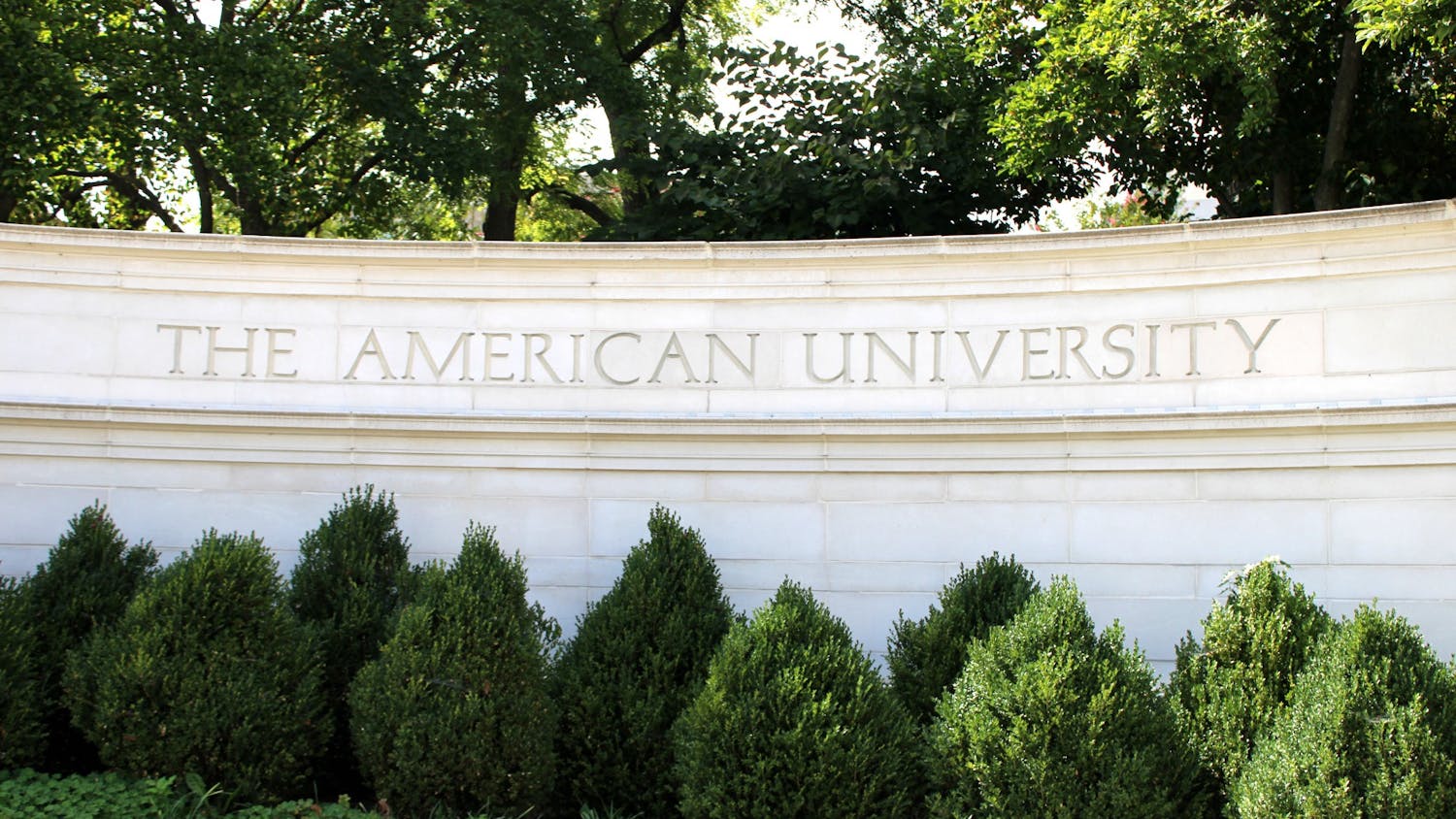Students and local residents learned at a panel discussion Wednesday evening about the history of the AU Experimental Station and where the Army Corps of Engineers’ dig for World War I-era munitions is headed in the future.
The discussion, titled “The Toxins beneath American University,” aimed to inform the AU community and Spring Valley residents about the future of remediation efforts and potential health issues, according to Michael Ginsberg, a senior in the School of International Service who is doing his capstone project on the issue and organized the panel.
Some topics addressed were arsenic-contaminated soil at and around AU, a 2007 public health study conducted by the Bloomberg School of Health at the Johns Hopkins University and potential health effects of the dig for AU students.
Panelists included representatives from the Spring Valley community, area Advisory Neighborhood Commissioners, Johns Hopkins, the AU Chemistry Department and the Environmental Protection Agency.
No one from the Army Corps or the AU administration was present at the meeting, and the future of the dig was not addressed, except to say that the Army Corps’ operations are scheduled to begin winding down in the next two years because no more funding is set to be allocated to the project after fiscal year 2012.
David Taylor, President Neil Kerwin’s chief of staff, said he chose not to attend because his schedule did not leave that evening available for him, and that his absence was not representative of the administration’s stance on the issue.
Taylor also noted that the event was a project by one student, not a forum requested by student leadership or a campus organization.
“Aside from Michael’s own research project, there did not seem to be an outcry for this,” Taylor said in an e-mail. “The Board of Trustees Chairman and President Kerwin held a campus forum/open microphone event on April 12, and not one question arose about Army Corps activity.”
You can reach this staff writer at ccottrell@theeagleonline.com.





